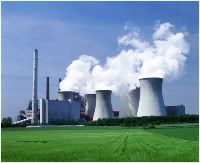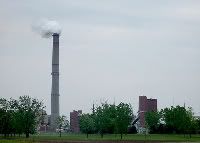Need Effective Business Partners?
Each week, I hear from a dozen or so 2GreenEnergy readers, asking for help in forwarding a business concept in sustainability. One of the areas of need I come across frequently is the requirement to develop effective business partners. Someone has a great idea, a breakthrough technology, a revolutionary business concept – but needs an introduction to a strong, well-established group such that together, they can take the idea forward to the global marketplace.
If that describes your current situation, I urge you to go to our marketing-specific website here, and review each of the five short videos that our clients at Hewlett-Packard, Unisys, Computer Sciences Corporation, Olicom, and Litton have made on our behalf. Each of these five vignettes testifies to the results we nailed down for them generally. But in many cases, behind the scenes lay hidden business partnerships we recommended they develop — and actively helped them develop: partnerships with distributors, value-added resellers, content providers, software applications providers, etc.
If you suspect that a partnership with a powerful business interest may help your cause, I hope you’ll let us know. We can help.











 Question: Amount how many tons of C&D (construction and demolition) waste comes out of New England and New York every year? Where does almost all of that stuff go?
Question: Amount how many tons of C&D (construction and demolition) waste comes out of New England and New York every year? Where does almost all of that stuff go?![[The Vector] Solar Gets Serious in the United Arab Emirates](http://2greenenergy.com/wp-content/uploads/2011/01/Solar-illustration-dreamstime.jpg) The Emirates Solar Industry Association was launched in early January 2011. The association is bringing together industry players in photovoltaics, concentrating solar power and solar thermal as well as those involved in supplying and subsidiary roles, like engineering or glass firms. But a goal of the industry is to aid international solar companies that want to set up business or bases in the Emirates.
The Emirates Solar Industry Association was launched in early January 2011. The association is bringing together industry players in photovoltaics, concentrating solar power and solar thermal as well as those involved in supplying and subsidiary roles, like engineering or glass firms. But a goal of the industry is to aid international solar companies that want to set up business or bases in the Emirates.

